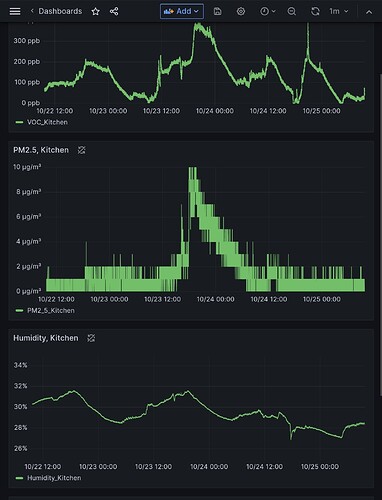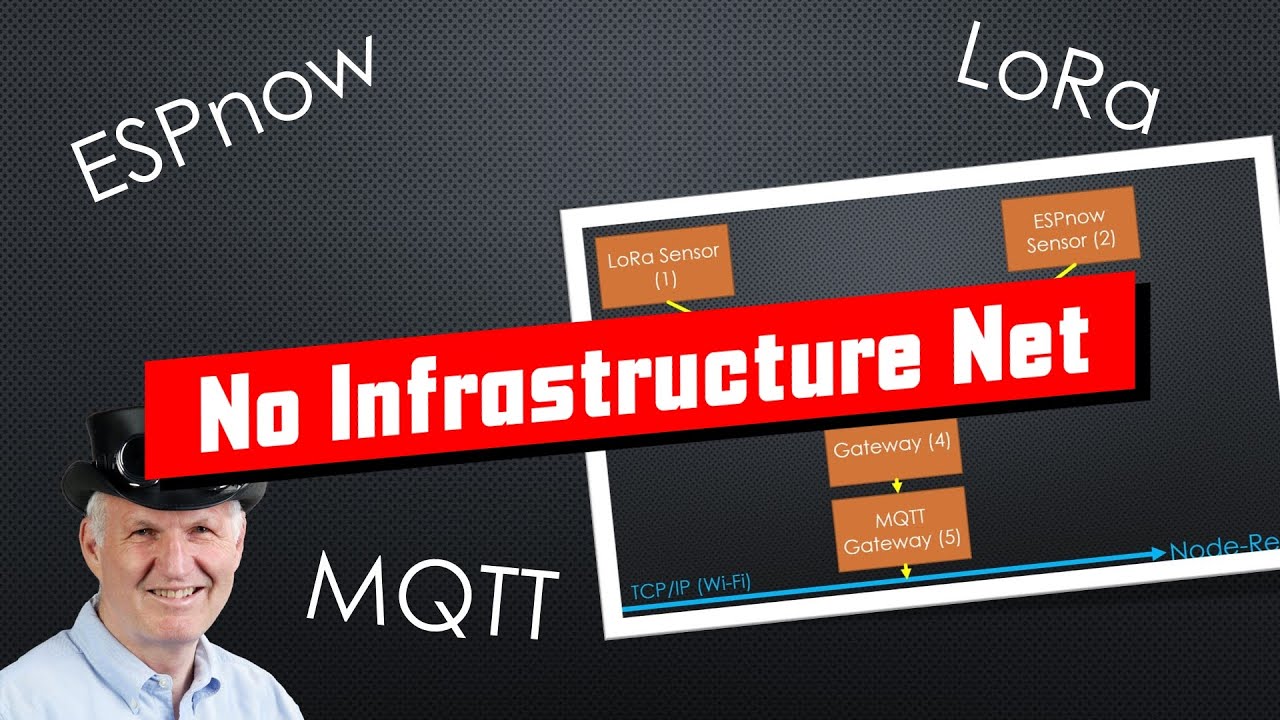Well, I’ve got exactly zero expertise in these various communication issues that have been discussed, but, i wanted to call attention to a “system” that I’ve been using to report data from a number of sensors around our property, including a load cell.
This concept is based on the ESPNOW protocol and seems to have good distance capability and doesn’t depend directly on wifi communication.
Believe it or not, it’s name is “Farm Data Relay System” and it was developed for the purpose of collecting and aggregating data from a large number of sensors that are dispersed around a farm. (In fact, there is also the possibility to use LoRa to transmit data, but that’s probably not relevant here.)
Essentially, there are numerous devices that can communicate with a “hub” using ESPNOW. From here, there are choices, but in my case that hub is wired directly by UART to another ESP32 device which then transmits directly to my MQTT broker and on to whatever system you are using to aggregate and display your data.
In my case, I happen to have several temperature sensors around the property, both inside and outside, moisture sensors, particulate sensors, VOC sensors, etc. I think there are more than 20 devices talking to the hub.
The item of interest for this discussion is a load cell based scale. The problem that I wanted to address was to learn how fast the moisture actually evaluated from the synthetic planting mix I use in my vegetable garden. In addition, there is a question of the accuracy of the moisture sensor.
In the actual experiment, a known quantity of water was mixed into a known amount of soil and both the weight and the nominal moisture content were monitored as the water evaporated. The frequency of measurement was overkill, about once every 5 minutes, but both data streams were sent to the hub using the FDRS protocol, on to the MQTT broker and ultimately fed into an Influx database and graphed with Grafana.
On my setup, I’m using the usual load cell with the HX611 that is connected to the Seeed Studios Xiao ESP32C3. (There is also another ESP32C3 at each sensor location, although there can be multiple sensors connected to a single ESP32C3, typically communicating over I2C. All of the data streams are then sent to the hub using the FDRS simultaneously.
Unlike others, perhaps, I choose this canned solution because it didn’t require me to do much programming. All the sensors are well documented and have Arduino code available. All of the specific ESPNOW and LoRa stuff is embedded in the FDRS, so if I could program the device in the Arduino IDE (or PlatformIO) then it could be integrated into the network with essentially no additional work.
And for the case like moisture sensors, where there were several units, they just have a number that you assign for each location. I believe it can handle up to 64 units or something.
I know this is long-ish, and may not be relevant, but it would be a pretty easy way to get you first 5 units set up and tested to see if they would meet your needs.
Screenshot is from the sensors box in our kitchen.
As an intro to this system, here’s a video:

